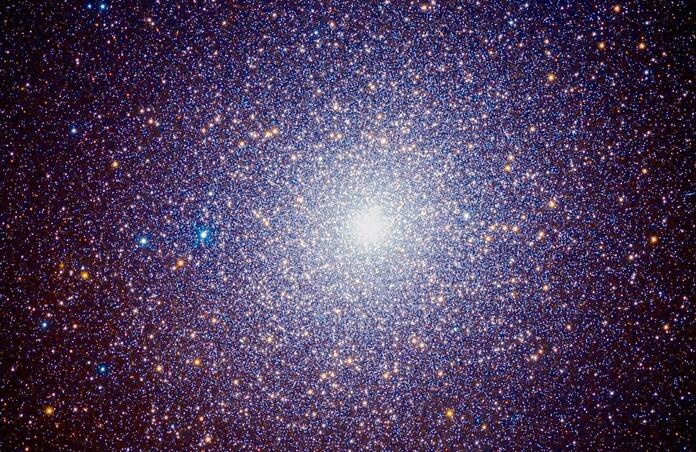Improve Image Quality by Dithering

Buried in the Advanced Settings of Advanced Requests on TelescopeLive is a toggle to apply Dithering.
The main purpose of this feature is to increase the cost of the observation. Just kidding!
IMAGE DITHERING
Dithering means shifting the pointing of the telescope slightly in random directions between exposures. This is done in order to remove artifacts, such as hot pixels or bad columns, in post-production. Note that dithering increases the overheads, and, therefore, it does also, increase the cost of your request.
Dithering means shifting the pointing of the telescope slightly in random directions between exposures. This is done in order to remove artifacts, such as hot pixels or bad columns, in post-production. Note that dithering increases the overheads, and, therefore, it also increases the cost of your request.
Dither is defined in Wikipedia as - “Dither is an intentionally applied form of noise used for randomizing quantization error, preventing large-scale patterns like color banding in images.
”So really, what does it do?"
When we talk about removing noise or artifacts from our images, we often talk about in terms of the software process. In order to help that software process along, we can start by anticipating the noise in acquiring the image. The software applies statistics as it stacks each frame to see if a pixel is random, and therefore part of the noise, or consistent from frame-to-frame and therefore part of the signal (desired image).
By moving the telescope very slightly before each exposure, even at the sub-pixel level, we can randomize where the noise appears in the frame relative to any central pixel. This results in a cleaner image as the randomized pixels are rejected during processing.
Dithering is more important in a portable set-up (backyard imaging), as any small variation in polar alignment produces tracking noise. Tracking noise is seen as diagonal trailing of the pixels.
Because the instruments at TelescopeLive are precisely oriented and on rock-solid piers, tracking noise will not likely be a problem.
There is still an advantage of using dithering for high-end imaging, as it helps remove those hot and bad pixels, it has the effect of gain in resolution up to 2x. It can combine a sequence of images with lower signal-to-noise ratio (SNR). Photometric measurement quality is better. Astrometric accuracy is preserved.
Dithering results in a higher image quality, with an accompanying increase in overhead and cost of the request. It is worth it for those very special premium images.
This blog post was originally published in our Telescope Live Community.
The Community represents Telescope Live's virtual living room, where people exchange ideas and questions around astrophotography and astronomy.
Join the conversation now to find out more about astrophotography and to improve your observation and post-processing skills!
